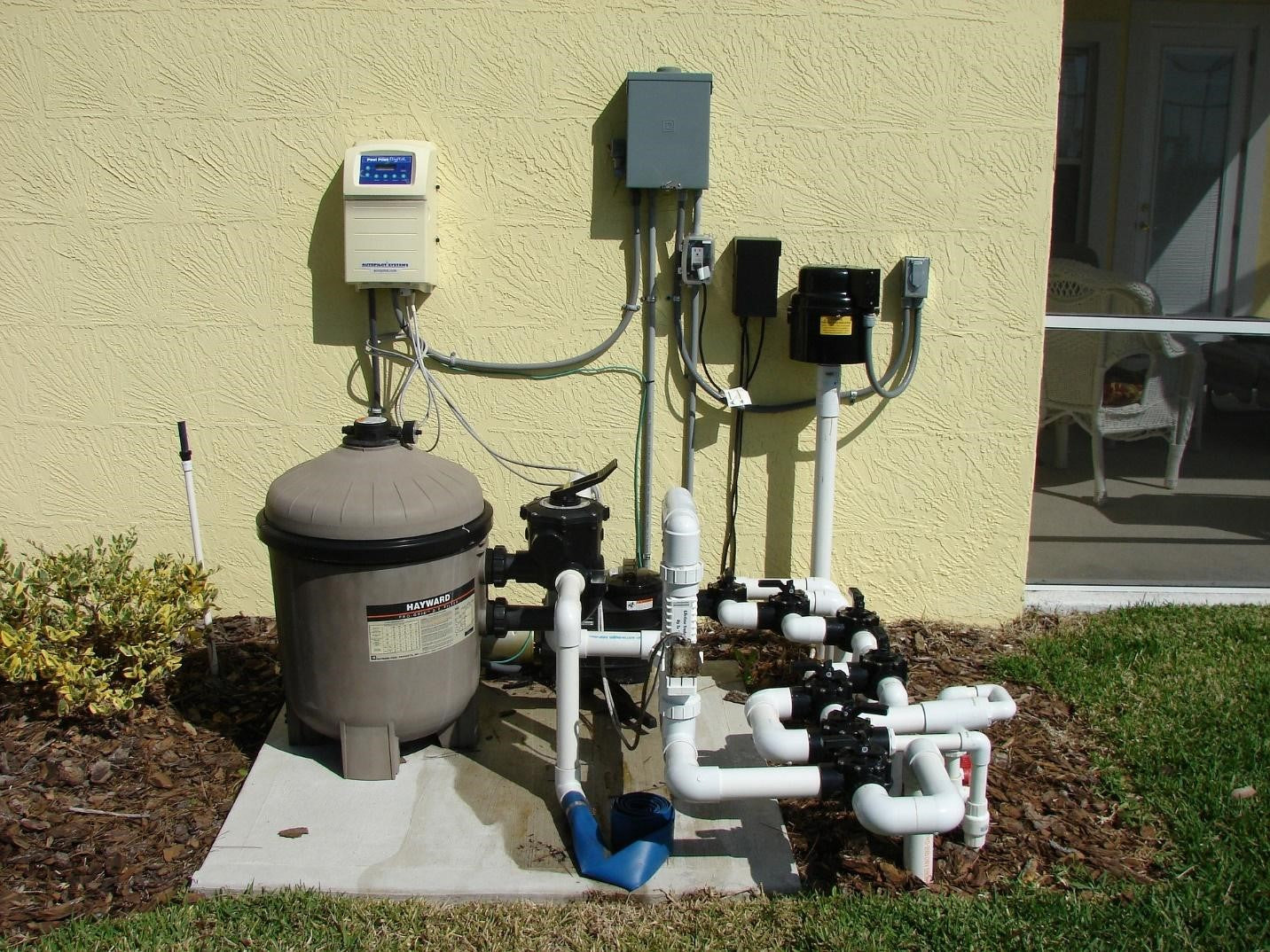
A comprehensive guide to installing and operating submersible pumps?
A submersible pump is a centrifugal pump with an electric motor that operates underwater. Submersible pumps improve the operation of motors, in addition to working very efficiently even under the surface of the water and in depths.
The submersible pump allows its users to dispense with the entire drive shaft and turbine pump chamber.
A submersible pump consists of a pump and an electric motor together, in addition to pumping pipes, electrical cables and conductors that will be submerged under water.
• How are submersible pumps installed and operated?
Diving pumps are easy to install and take down. Follow the following steps.
1. Lower the pump and motor assembly below the water level in the tank or well. Note that you must determine the depth to which you will lower the pump and motor before performing the lowering operation. Based on the depth required, you will add pipe connections.
2. Take all necessary precautions to avoid any damage that may occur to the sheath surrounding the electrical cable as a result of its collision or friction with the well casing tubes or the tubes located at the wellhead.
3. Connect the electrical cable to the pumping pipes and secure the pumping pipeline well. Every two metres, tie the cable to the pipes.
4. Place pipe pliers on the wellhead and provide the pumping pipe with a valve so that you can control the pipe.
5. You do not need a pump house as the pump and motor are both located inside the well. But there must be a completely safe, waterproof box next to the well for the electrical control panel (operation switch and electric meter).
6. Open the control valve slightly and turn on the pump.
7. At the beginning of operating the pump, you must monitor the water carefully to ensure that it is completely free of any sand, mud, or any kind of impurities. There is a common mistake that everyone makes is to stop the pump immediately when there are impurities, sand or clay in the pumped water. This error may lead to the accumulation of sand, mud, or other impurities in the pump and on the valve, and may cause the pump to permanently malfunction.
The ideal solution is to leave the control valve partially closed while continuing the pumping process. After a while, you will notice a change in the pumped water as it will become more pure. Increase the opening of the control valve and monitor the water. After a period of time, the water will be completely free of impurities and the pump will work efficiently without any sediment or sand inside it. The principle is that the pump can be completely controlled from the control valve opening to reduce impurities and purify water.
8. When you find that the pumped water is completely clear, stop the pump. Now you have adjusted all the settings.
One advantage of submersible pumps is that they may not require maintenance at all. It is best to inspect the pump every two years to ensure that it is working efficiently and that all its parts are completely intact. If there is a malfunction, you will remove the pump from the well and perform the necessary maintenance. Check whether the pump is still under warranty or not.
Your choice of pump should be based on the abundance of water flow you want and the depth of the well. Note that as the depth of the well increases, pump yields decrease. One pump does not have a fixed volume either.
Of course, the electrical panel next to the pump must be adjusted, as well as the feeding wire selected. It is preferable for a specialized electrician to take these steps to adjust the intensity of the electrical current reaching the pump so that the motor coils do not burn out and damage the entire pump motor.
The step you can do yourself is to lower the pump into the well. For the rest of the steps, an electrician must be present to ensure that everything is in order.

التعليقات
اترك تعليق او سؤال